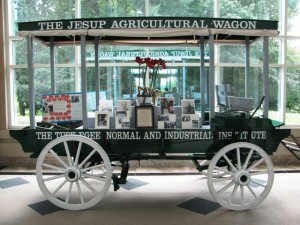![]() A paper just out in Agricultural Science in China reminded me that I wanted to say something about one of the great meta-narratives of plant genetic resources: interdependence — the old no-country-is-self-sufficient-in-PGR mantra. Which, unlike some other meta-narratives, is generally recognized as being true — witness the International Treaty on Plant Genetic Resources for Food and Agriculture (ITPGRFA). And that despite the fact that measuring interdependence is not by any means easy, and has not often been done.
A paper just out in Agricultural Science in China reminded me that I wanted to say something about one of the great meta-narratives of plant genetic resources: interdependence — the old no-country-is-self-sufficient-in-PGR mantra. Which, unlike some other meta-narratives, is generally recognized as being true — witness the International Treaty on Plant Genetic Resources for Food and Agriculture (ITPGRFA). And that despite the fact that measuring interdependence is not by any means easy, and has not often been done.
The paper which caught my eye is not really primarily about interdependence. 1 It just shows that cultivars of winter oilseed rape (canola) from China are very distinct from European ones, on the basis of molecular markers. Which presumably means that yield gains could be had from cross-breeding between the two groups. Which does say something about interdependence, but not very forcefully.
However, that paper reminded me about two others that a colleague had recently sent me, along with the thought that they should be enough, in a perfect world, for China to ratify the ITPGRFA.
The first is about soybean. 2 It shows, using molecular markers again, that a couple of elite Chinese cultivars benefited greatly, in terms of both specific traits but also their difference from previous Chinese cultivars (that is, the genetic base of the crop as a whole was broadened) from the fact that US and Japanese germplasm was involved in their development, rather than just Chinese stuff.
The second paper makes the interdependence point even more strongly by quantifying the contribution of foreign maize germplasm to production in China, rather than just genetic diversity. 3 It turns out that a 1% contribution by US material (based on the coefficient of parentage) translates to an additional 0.01 t/ha (0.2%), and a 1% contribution by CIMMYT germplasm to an additional 0.025 t/ha.
The conclusion: “The extensive utilization of US and CG germplasm improved maize yield potential in China… The government should provide funds to support research on germplasm introduction…” And, we could add, it should ratify the ITPGRFA. No country is self-sufficient in PGRFA. Not even the largest.
